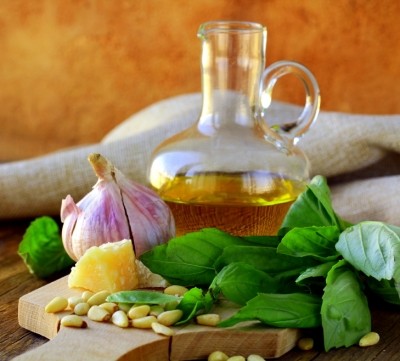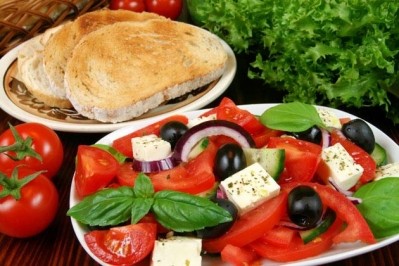Trendmapping the Mediterranean Rim: Breathing new life into a proven culinary trend

“Mediterranean Rim: Culinary Trend Mapping Report,” a jointly published report from market research firm Packaged Facts and CCD Innovation, explores both the mainstream and less charted culinary landscapes of this longstanding food trend.
In the report, Packaged Facts and CCD Innovation examine how chefs and food manufacturers alike are finding new ways to sustain excitement and adoption of the Mediterranean lifestyle, backed by an ever-growing body of evidence supporting its health benefits, as well as the trend’s cross-generational appeal. And there remains room for innovation, as the unique tastes of the 20-odd countries surrounding the Mediterranean have yet to be fully explored, and the potential for fusion with other cuisines—such as Latin American—appears strong.
The five stages of culinary trendmapping chart the journey of food trends into the mainstream, from first appearing in fine-dining establishments then in various consumer-oriented food channels, to retail store shelves and on mainstream foodservice chain menus, to family-oriented publications and finally appearing on quickservice restaurant menus and grocery store shelves.
- Stage 1 - Italian Sformata: The sformato is a unique little culinary entity, having the sophistication of a soufflé but employing a custard-making technique that is far easier and even a little homey. Kimberly Egan, Packaged Facts partner, noted that sformata could also be used as a filling for wraps or filo-encased frozen appetizers, or even as a filling for savory quiche. "However it is used, consider keeping the name to evoke its authentic Old World roots. Or change the name to make it more approachable and have fun drawing from global ingredients for new styles of savory custard," she wrote.
- Stage 1 - Octopus: As US demographics continue to diversify, interest in this cephalopod will continue to grow. It’s anticipated that octopus will appear in specialty food seafood salads with a Mediterranean feel that includes olives, roasted peppers and tomatoes.
- Stage 2 - Egyptian Dukkah: Dukkah, a mixture of herbs, nuts (usually hazelnuts) and spices has many attributes of a snack food—a nice crunch, a little bit of salt and a spicy kick. It works well as a low-sodium, savory seasoning for all sorts of dishes, folded into hummus or dip, stirred into whole grains or pasta dishes, whisked into salad dressing, or added to roasted root vegetable soup for a flavor boost.
- Stage 2 - Dips beyond hummus: The demand for Med Rim dips taps into Americans’ interest in finding healthful snack foods that taste great. Besides being wheat-, gluten- and (frequently) dairy-free, Mediterranean spreads can be low-fat, low-cholesterol, high-fiber, protein-rich options for vegetarians, vegans and health-conscious consumers (even among the carnivores). These refrigerated dips can be conveniently packaged to make healthful, grab-and-go snacking possible across a range of demographics.
- Stage 3 - Moroccan preserved lemons: While these condiments are easily made at home, preserved lemons require sufficient time to mature (from 30 days to a couple of months), which makes them a tough sell to many home cooks and creates a strong opportunity for food producers to supply them at nonspecialty prices.
- Stage 4 - Spanish paella: There’s been renewed enthusiasm for this classic dish, as evidenced by its presence on many independent restaurant menus. The trend is part of chefs’ personal exploration of traditional Spanish cuisine as well as a way to offer a unique, sharable dish that can also be made in many different ways. "Seasoning manufacturers can explore making paella flavored simmer sauces or spice blends to take the paella flavor to the grill or slow cooker," Egan wrote.
- Stage 5 - The Mediterranean Diet: The Mediterranean way of eating—a diet rich in olive oil, nuts, seafood and produce—has long been touted as good for one’s health. Beyond its health benefits, the diet’s appealing flavor profile, readily available produce and seafood, and a growing interest in global regional cuisines has helped Mediterranean food become popular in its more mainstream forms (think pita bread and chips, hummus, and Greek yogurt), along with newly emerging Mediterranean-inspired fast-casual restaurants that offer diners healthful meal options.











